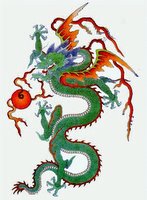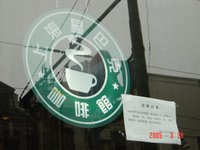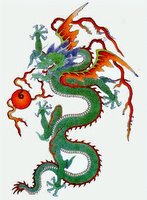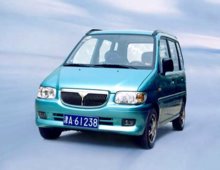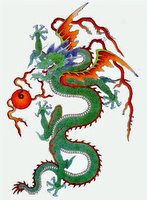Randolph Hobson Guthrie III pleaded guilty of criminal copyright and trademark infringement, illegally importing infringing goods and money laundering before U.S. District Judge Louis Guirola Jr (Southern District of Mississippi), after being deported from China to the US. Gurthrie faces up to five years in prison and a fine of up to $250,000. He will be sentenced March 14. Read here.
However Gurthrie was not found by the US Immigration and Customs Enforcement (ICE) agents at a flea market with pirated DVD’s, as Robin Fitzgerald wrote. He was arrested in Shanghai on July 2, 2004 by Chinese policemen while being filmed by two cameramen of the Chinese reality TV show called Oriental Police. It was the culmination of Operation Spring, the first joint Chinese American effort to enforce intellectual property laws. The cooperation was between US Immigration and Customs Enforcement (ICE), the Economic Crime Investigation Department of the Chinese Ministry of Public Security, the Shanghai Public Security Bureau and Motion Pictures Association of America.
Joshua Davis wrote a great article about Guthrie’s downfall for Wired: The Decline & Fall of Randolph Hobson Guthrie III. Read here.
April 2005 Shanghai No. 2 Intermediate People’s Court convicted Guthrie and Abram Cody Thrush of distributing more than $840,000 worth of pirated motion picture DVDs on the Internet. Besides the two Americans, Wu Dong and Wu Shibiao, two Chinese accomplices in the illegal counterfeiting operation were convicted. Wu Dong received a jail term of one year and three months, and a fine of 10,000 RNB. Wu Shibiao received a fine of 30,000 RNB. See more here.
Chinese prosecutors said Guthrie has illegally sold some 180,000 pirated DVDs around the globe through eBay.com and a Russian based Web site. Guthrie and five others were arrested in 2004 and more than 210,000 counterfeit DVDs were seized and three warehouses containing the pirated material were destroyed. Guthrie was sentenced to 30 months in Chinese prison, fined approximately $60,000 and deportation upon the completion of his sentence.
However Guthrie was deported before serving any of his Chinese sentence, Department of Homeland Security officials said.
July 2005 the Southern District of Mississippi issued an 18 count indictment against Guthrie (who was still in Chinese custody at the time) including conspiracy, smuggling, trafficking in counterfeit goods, money laundering conspiracy, criminal forfeiture, and criminal copyright infringement violations. He was expelled to the U.S. in September 2005 and ICE agents arrested Guthrie immediately upon his arrival in Los Angeles.

